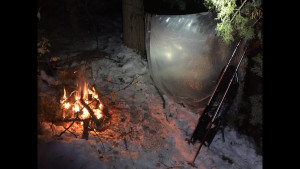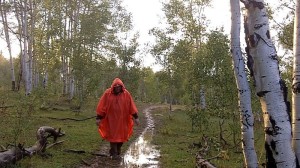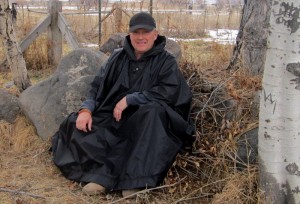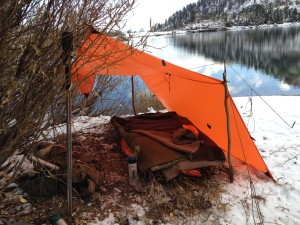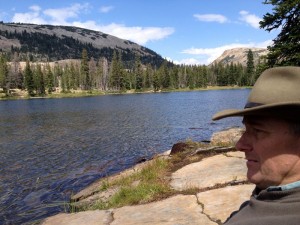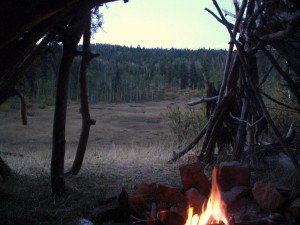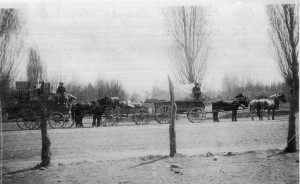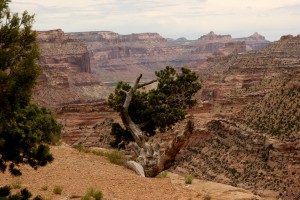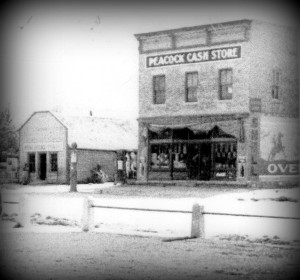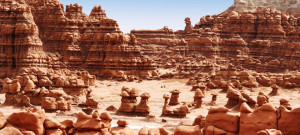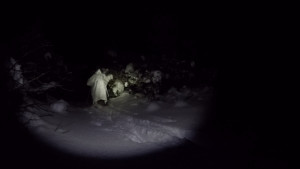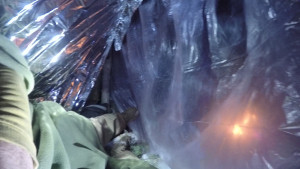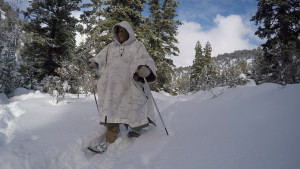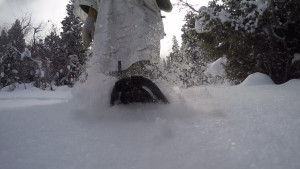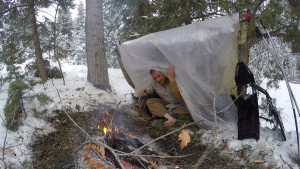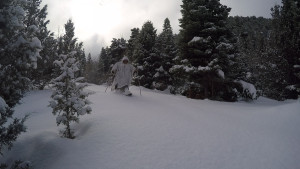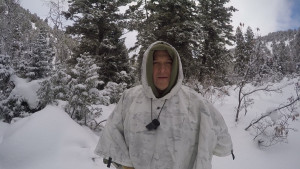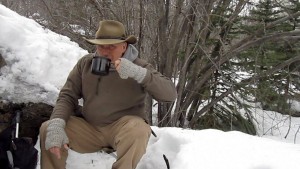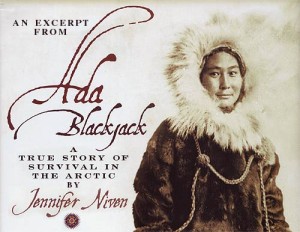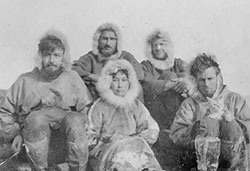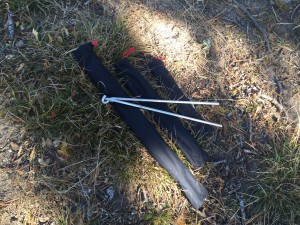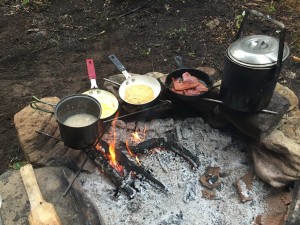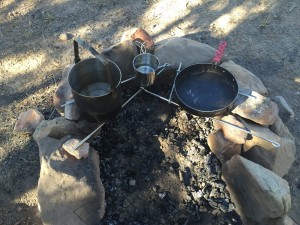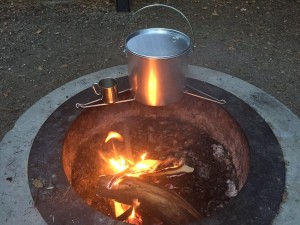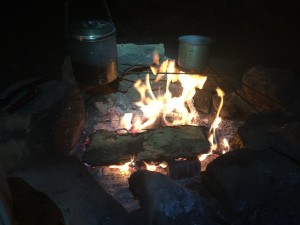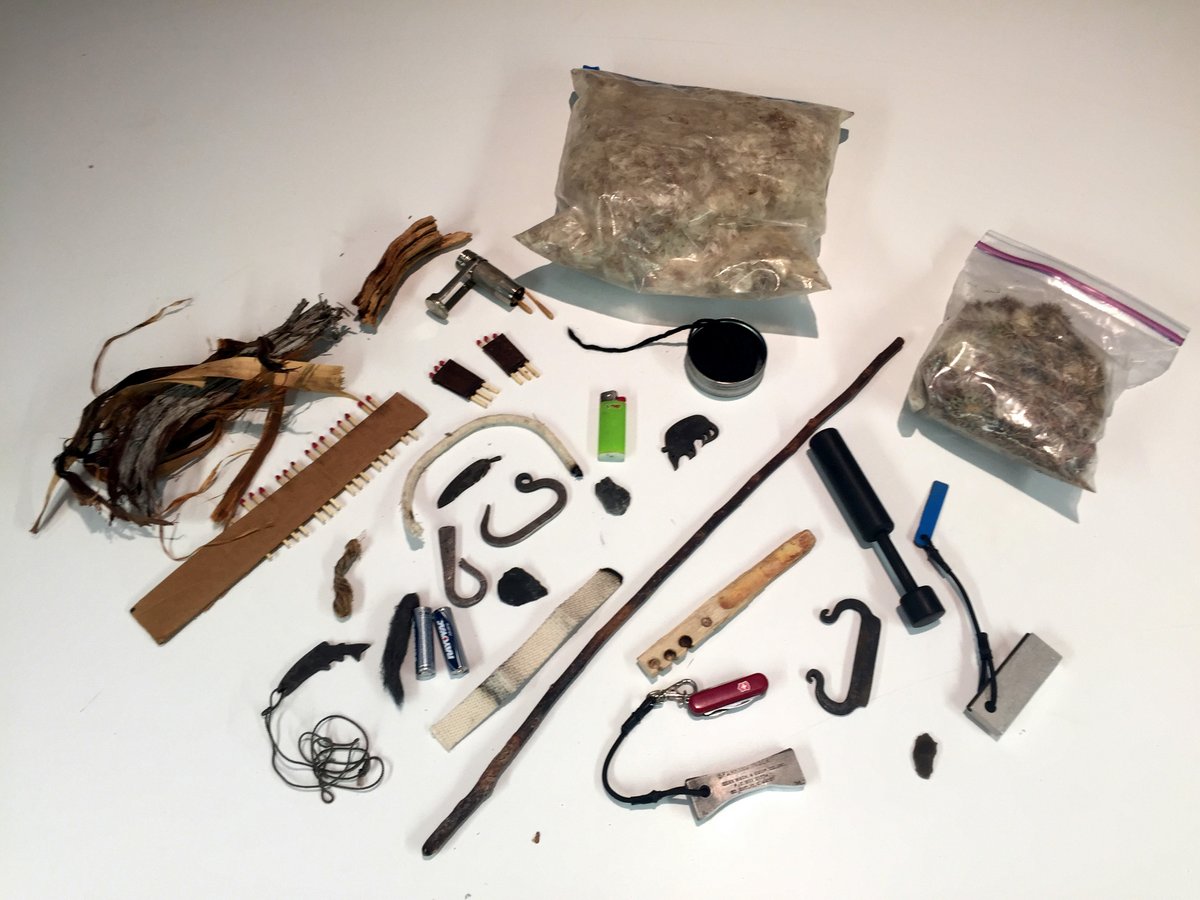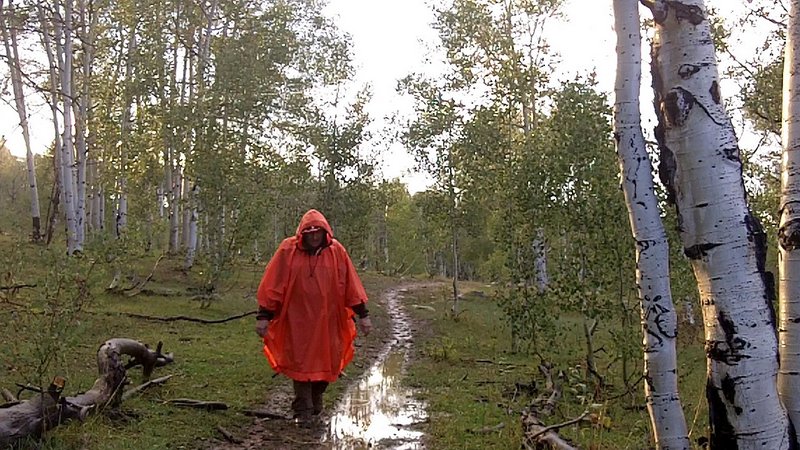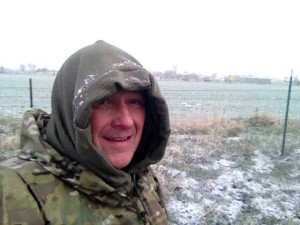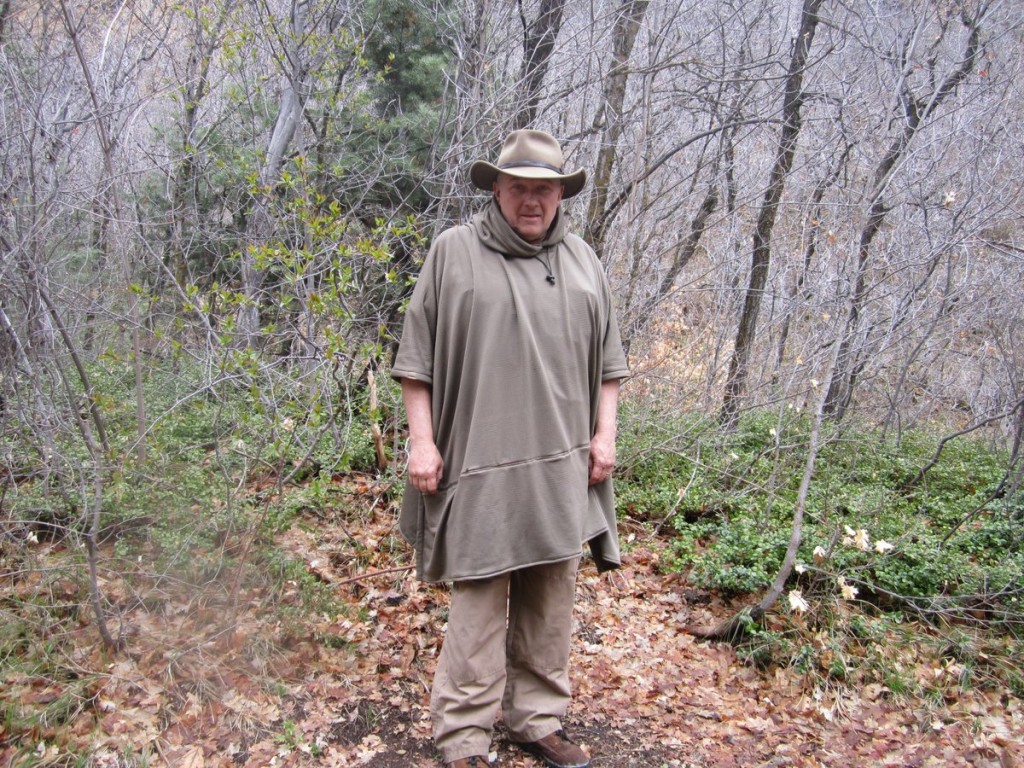I don’t believe in Doomsday…but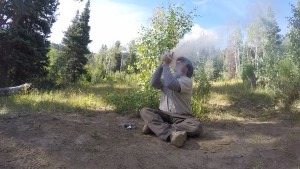
OK so I’m saying I don’t believe in the big doomsday, is that what I really mean? I think there are a couple of things to clarify first. I’ll just question myself.
Do I think there will be some kind of catastrophe?
Yes, I do.
Would that not be considered Doomsday?
There have always been very tragic occurrences, there will be more. Doomsday engenders the thought of a final day when everything everywhere falls apart. It carries a very negative connotation.
Could there be civil unrest?
Absolutely. Some of the worst events recorded have been social in nature.
How about some sort of natural occurrence?
Certainly I also believe in terrible events in and on the earth such as floods, mudslides, earthquakes, hailstorms, droughts, and the like.
Does my religious view include such events as “end-times” ?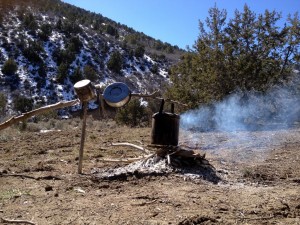
Yes I do believe in an, end of this world event, as well as other events called signs of the times.
It sounds like I believe in Doomsday.
Well, although I do believe in tough times, and I do think there is an, end-times, I do not subscribe to the philosophy of a doomsday, i.e. that there is some almost mystical day when pretty much every good thing ceases and only death and destruction remain. Doomsday seems to signify a time when it is every man for himself, in a battle for survival.
My view is of a grand and glorious end of the world as we know it, a time when evil is replaced by good. It is a time not to be feared, but hoped for.
Do I think then that there is no need to prepare for tough times of all types?
On the contrary it is my belief that I am obligated to do the best I can to ready myself against any and all possible circumstances. There will be famines, drought, terrible storms, floods, tornadoes, the seas heaving themselves beyond their bounds, earthquakes, fires, hail and every conceivable natural event. There will continue to be war, pestilence, civil unrest, societal decay, murders, horrifying debauchery, and every kind of evil man can discover.
How in the world is that not “Doomsday”?
It is in the attitude, Doomsday is more like the day it all ends, I believe in the day of victory, of new beginnings, that the end is good, not of doom.
Does that change how I would prepare?
It does, however in the physical sense things are much the same. As I noted earlier in my list of terrible events that will likely occur, there is much to prepare for. The beauty is I know essentially what lies ahead, this gives me not only signs, but specific information that allows me to prepare well.
Still it seems like the same thing as Doomsday, what really is different?
I am preparing my way through it all. It is like “battening down the hatches” to get through the storm, to the sun and clear sky on the other side. I do not think of it at all as me against everything else. I think our success in making it through lies in working together, neighbors, friends and families helping each other, I sincerely believe in the saying, “united we stand, divided we fall.” A person cannot possibly make himself an island and expect to make it through such times. Sure it may be a tough romanticism to envision such a thing, but it is not practical. We need each other, we are meant to be a society. A good community can get through much more than an individual. The old pioneering adage, “many hands make light work” does not expire just because tough times come upon us, rather its truth is magnified.
But even by my own admission, that which lay ahead can be frightening, is my view something seen through “rose colored glasses?”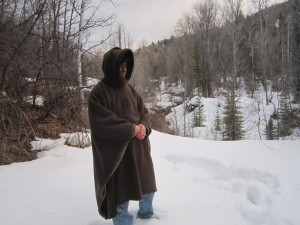
I am not looking to soften the scene, nor to suggest that most of the preparations people are doing are not needed. The thrust of my view is of working together, helping each other, both now and especially during hard times. My eyes should be on the victory at the end, not on the storms of life. Of course we must be careful and cautious, yes there are deceiving and dangerous people who will need to be dealt with. Additionally there will be some, perhaps many thousands who may have to flee their current homes and cities for safety elsewhere.
So how do I prepare, and how do I help those around me?
A few years ago I started working on an article to show what we need to do and why. it still needs some cleaning up, but the concept is there and worth reading. Here is a link to that article, Circles of Priority. The real key to prepping is to do a little at a time, don’t try to do it all at once. It is amazing what can be accomplished when a person makes a list and does a little on it each week or month, before you know it you have quite a collection of goods stored up. Be sure to get reliable items, there will not be a way to replace faulty items in the time of need.
To break things down we can divide up necessary items, knowledge, and skills into six elements as follows.
Six Elements Essential to Survival – not in any order none can be left out
- Shelter
- Fire
- fire represents heat in all its forms to include stoves, solar, etc.
- Water
- water is needed not only for drinking but food preparation, washing and cleaning
- Medical
- not only first aid, but vitamins, needed medications and anything else for wellness
- Food
- storing of food is only one part of this, there is also planting, caring for, harvesting, utilizing with practical recipes geared for times of ease as well as trying times
- Social/Rescue
I will cover this items in more detail in upcoming prepper blogs, for now be thinking of where you are at currently and start making plans to improve.
Until next time this is Perry Peacock for “Simplifying Survival”




